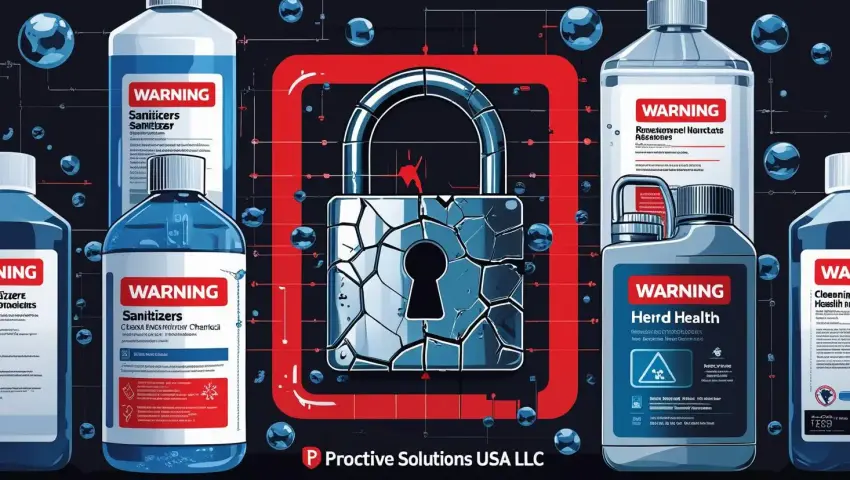
Digital Sabotage at Sunrise: Qilin’s Strike on ProActive Solutions and the Fragile Future of Industrial Security
Shadow and Sanitizer — Who’s Behind the Cyber Assault?
ProActive Solutions USA operates in the rarely spotlighted but absolutely essential domain of industrial hygiene and animal health. With a portfolio that spans disinfectants, sterilization chemicals, and herd health treatments, it services a vast ecosystem: from poultry farms in Arkansas to ICU wings in Ohio. This isn’t just about cleaning supplies—it’s about biosecurity, zoonotic disease prevention, and the smooth function of food production chains across North America.
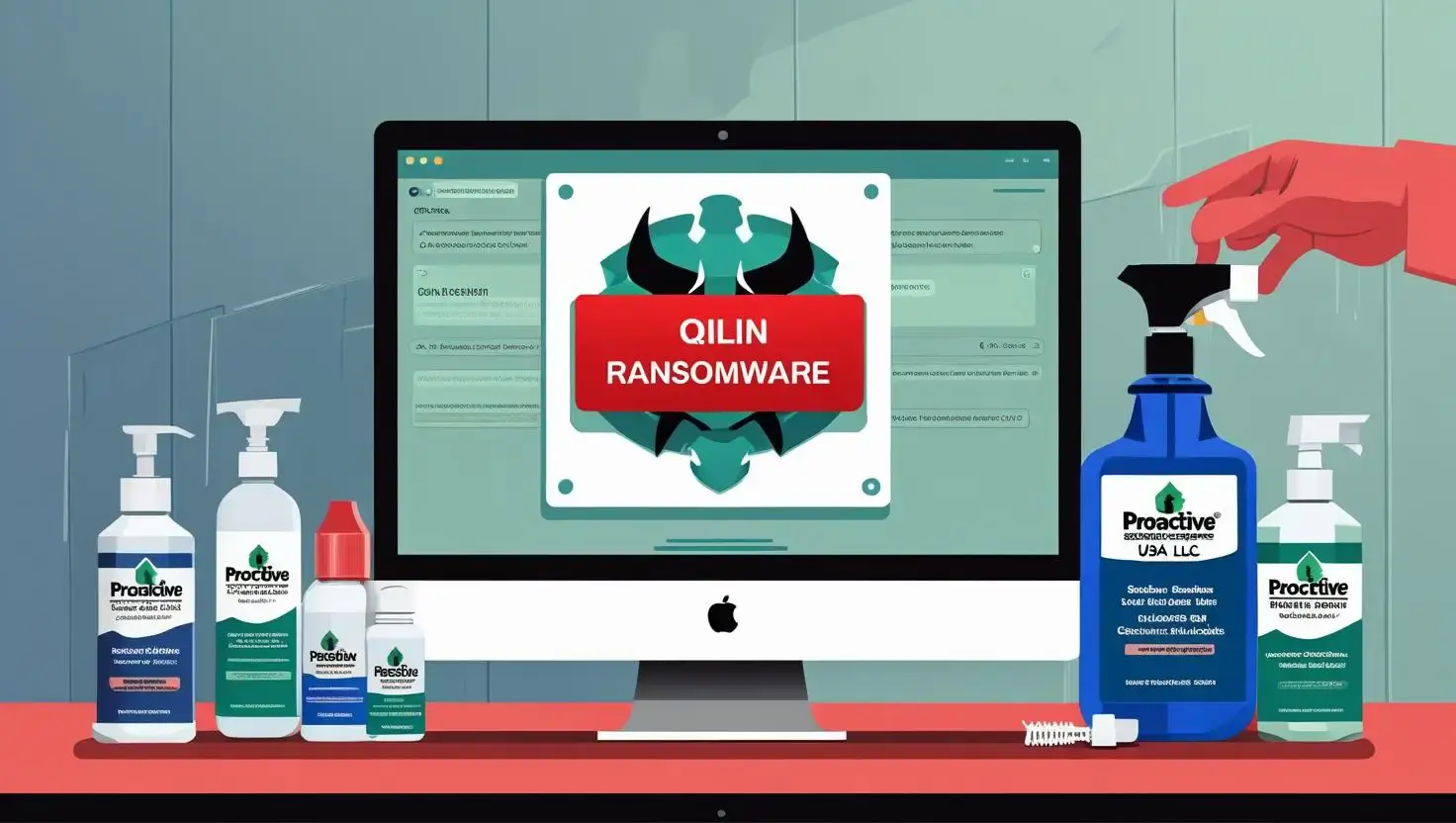
When a company like ProActive stalls, it’s not just a supplier down—veterinary clinics lose access to critical vaccines, slaughterhouses delay inspections, and entire agricultural zones risk contamination. It's a node in a chain of trust, and Qilin drove a ransomware spike right through it.
The Adversary: Qilin
The Qilin ransomware group has quickly escalated from relative obscurity to headline-dominating notoriety. Known for its aggressive tactics and high-profile targets, Qilin blends sophisticated encryption technology with psychological warfare—often threatening to leak sensitive business documents, including customer records and proprietary formulas, if ransoms aren’t paid.
Their growing footprint:
14 verified attacks in 2025 so far, spanning sectors like logistics, chemicals, and critical infrastructure.
Targets chosen not for size alone, but for strategic vulnerability: companies with outdated operational tech, siloed security architectures, or central roles in supply chain ecosystems.
Increasing focus on U.S.-based industrial firms, likely due to ransom value and infrastructure interdependency.
Why It Matters — The Frequency and Impact Are Escalating
This is Qilin’s third confirmed hit on U.S. industrial infrastructure within 90 days. Experts warn that this trend marks an evolution: ransomware is no longer opportunistic—it’s strategic sabotage. Aimed at systemic disruption rather than just monetary gain, these attacks cripple logistical flow, industrial rhythm, and public health assurance.
Patterns emerging in recent Qilin breaches:
Timing: Early in production cycles to maximize economic impact.
Payloads: Multi-layer encryption with deletion threats for non-compliance.
Tactics: Multi-vector entry—often leveraging spear phishing combined with exploit kits in legacy systems.
What’s at Stake? If groups like Qilin continue to refine their tactics unchecked, industries could face:
Week-long operational stalling even after ransom payment.
Massive reputational damage tied to public data leaks.
Cascading failures in interdependent sectors like healthcare, agriculture, and food processing.
The Breach Blueprint — Inside Qilin’s Takedown of ProActive
On the morning of July 15, 2025, IT staff at ProActive Solutions USA noticed a baffling silence across their network. Access terminals in production labs froze mid-command. ERP systems serving inventory and logistics blinked out. A routine Tuesday unraveled into chaos as a ransomware payload detonated inside ProActive’s digital infrastructure.
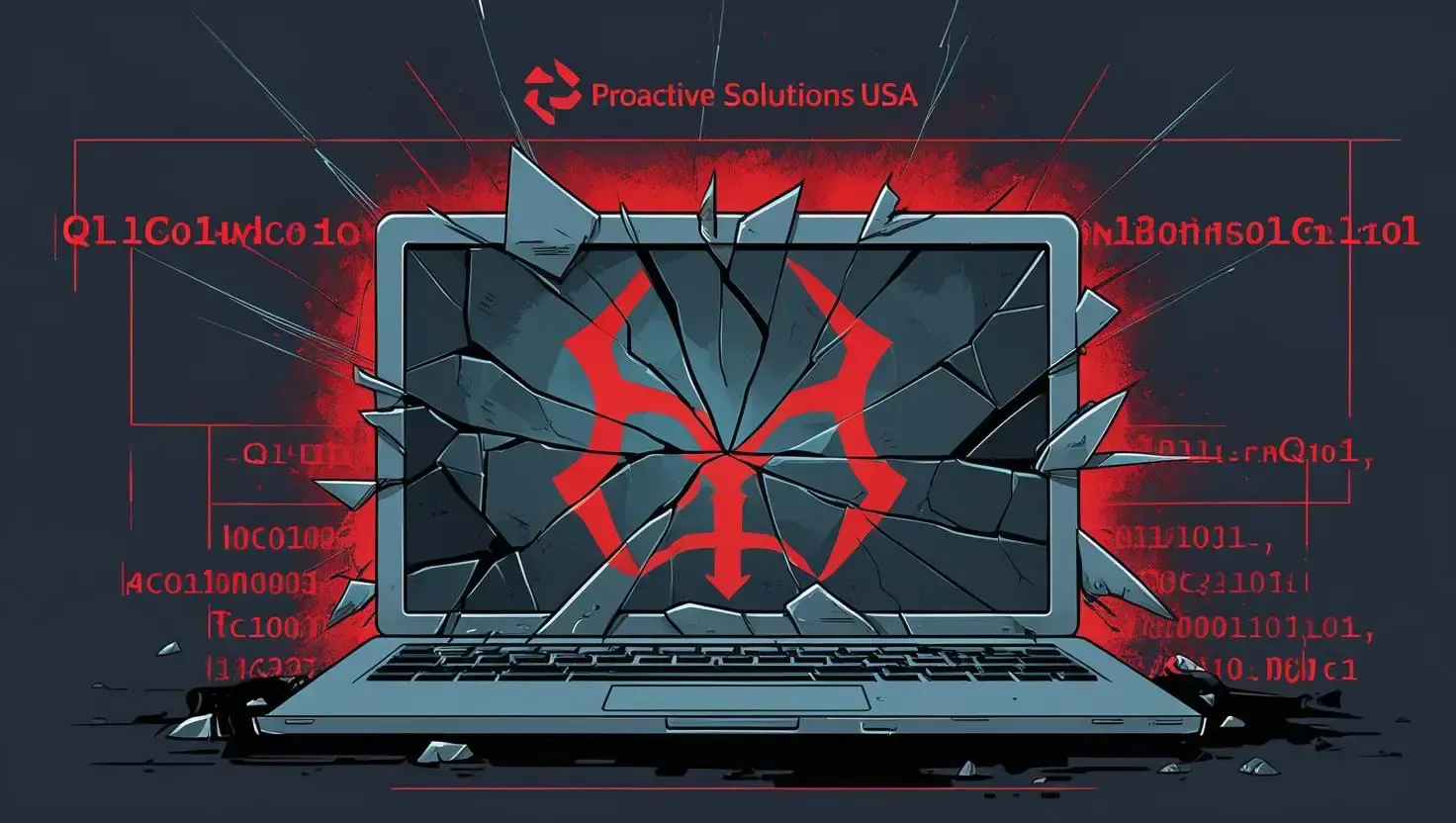
Step-by-Step Breakdown of the Attack
Initial Penetration — Phishing the Gatekeepers
Threat intelligence reports suggest that Qilin gained access via a phishing email impersonating a supplier portal update.
A ProActive employee unknowingly executed a malicious attachment, creating a foothold for lateral movement.
Privilege Escalation — Admin Hijack
Within hours, the malware exploited vulnerabilities in Active Directory and domain controls, allowing attackers to seize admin credentials.
From here, they gained root-level access to operational databases and manufacturing automation software.
Payload Deployment — Encryption and Lockdown
Qilin launched a dual-ransomware payload targeting:
ERP systems used for inventory and vendor management.
PLC software driving automated chemical mixing and sanitation product packaging.
Systems were locked with AES-256 encryption, rendering entire production lines inert.
Data Exfiltration and Threats
Concurrent with the lockout, sensitive data was siphoned out:
Formulations for antimicrobial agents.
Veterinary health treatment plans tied to large livestock clients.
Internal financial audits from Q2 2025.
Qilin issued a ransom demand exceeding $4.8 million USD, coupled with a public threat to release stolen data within 72 hours.
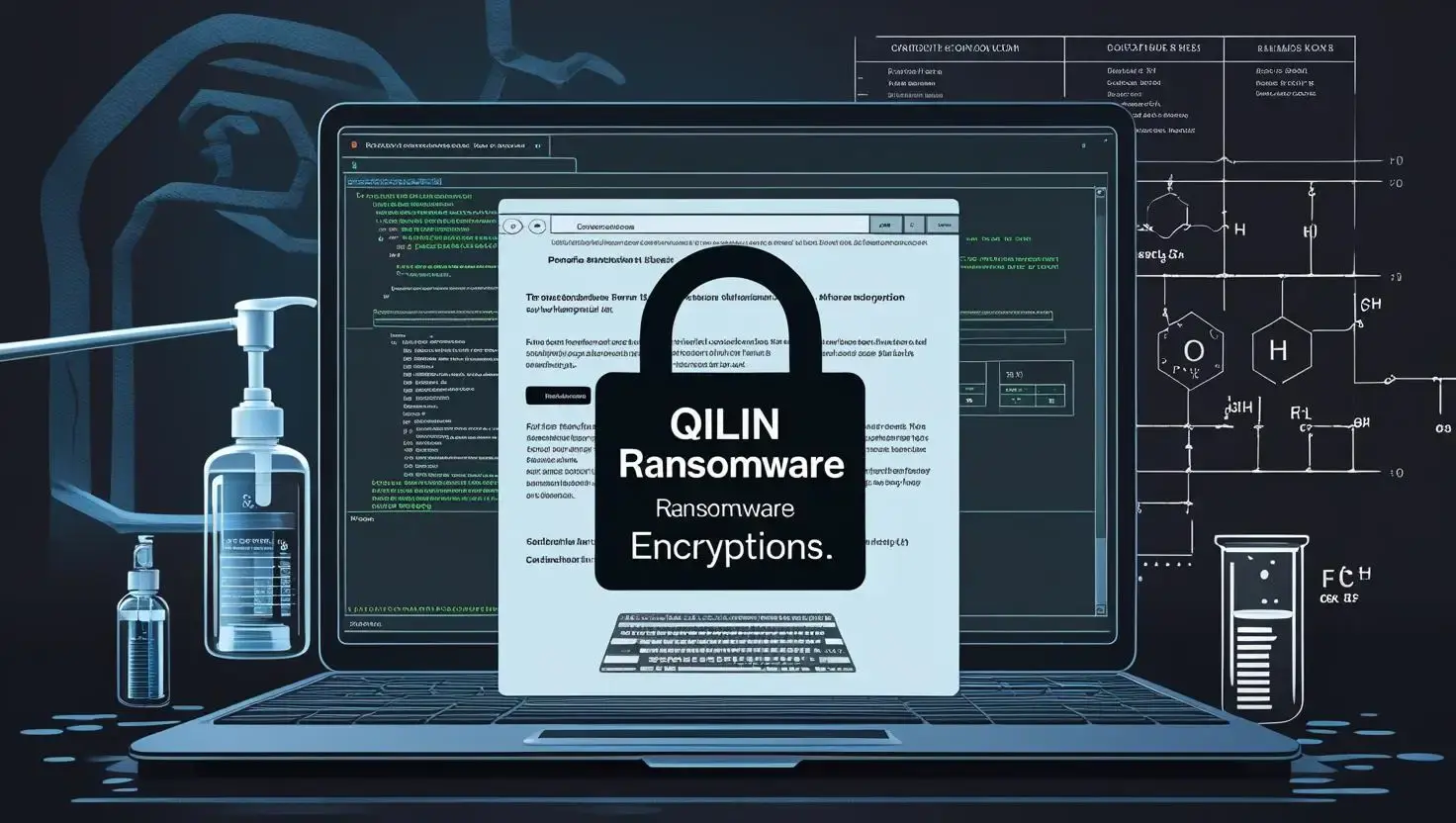
Why Timing Was Everything
The attack was launched at 6:32 AM EST—minutes before production was scheduled to scale up for high-volume shipments. This timing inflicted maximum disruption:
Deliveries to agricultural hubs were halted mid-logistics.
Hospitals scheduled to receive disinfectant shipments experienced inventory gaps.
Animal feed and sanitation regimens were suspended across Midwest farming cooperatives.
Response Delays: The Critical 18-Hour Window
Though detection began swiftly, internal response lagged:
It took over 18 hours before containment protocols were fully activated.
Backup servers were also found compromised, forcing ProActive into offline operations.
Collateral Impact
32% of standing orders were delayed or canceled within the first 48 hours.
Multiple customers reported disruption to food safety audits and sanitation compliance deadlines.
At least one veterinary supplier reported a 24-hour health risk window due to unavailable medicine.
Recovery, Reinvention, and the Cy-Napea® Protocol
As ProActive Solutions USA begins to surface from digital ruin, the question arises: how does an industrial supplier reclaim stability after strategic sabotage? The answer may lie not just in rebuilding infrastructure—but in reimagining its security architecture altogether.
Estimated Financial Impact: A Controlled Burn or a Spreading Fire?
Cyber risk analysts suggest ProActive’s total financial damage will likely fall between $12.4 million and $16.8 million USD, derived from:
Operational Downtime: 4+ days of halted production and logistics
Customer Order Disruption: A projected loss of 17% Q3 revenue, including large institutional contracts
Ransom Payment & Response Costs: Negotiations reportedly settled at just under $3.5 million USD, excluding legal and technical fees
Reputational Harm: Long-tail effects on vendor trust and regulatory scrutiny across chemical safety and food sanitation sectors
These figures are based on breach timeline data and insights from third-party reports such as the HookPhish analysis of the Qilin ransomware strike on ProActive and ransomware impact modeling referenced in SentinelSec’s Ransomware Economics Brief.
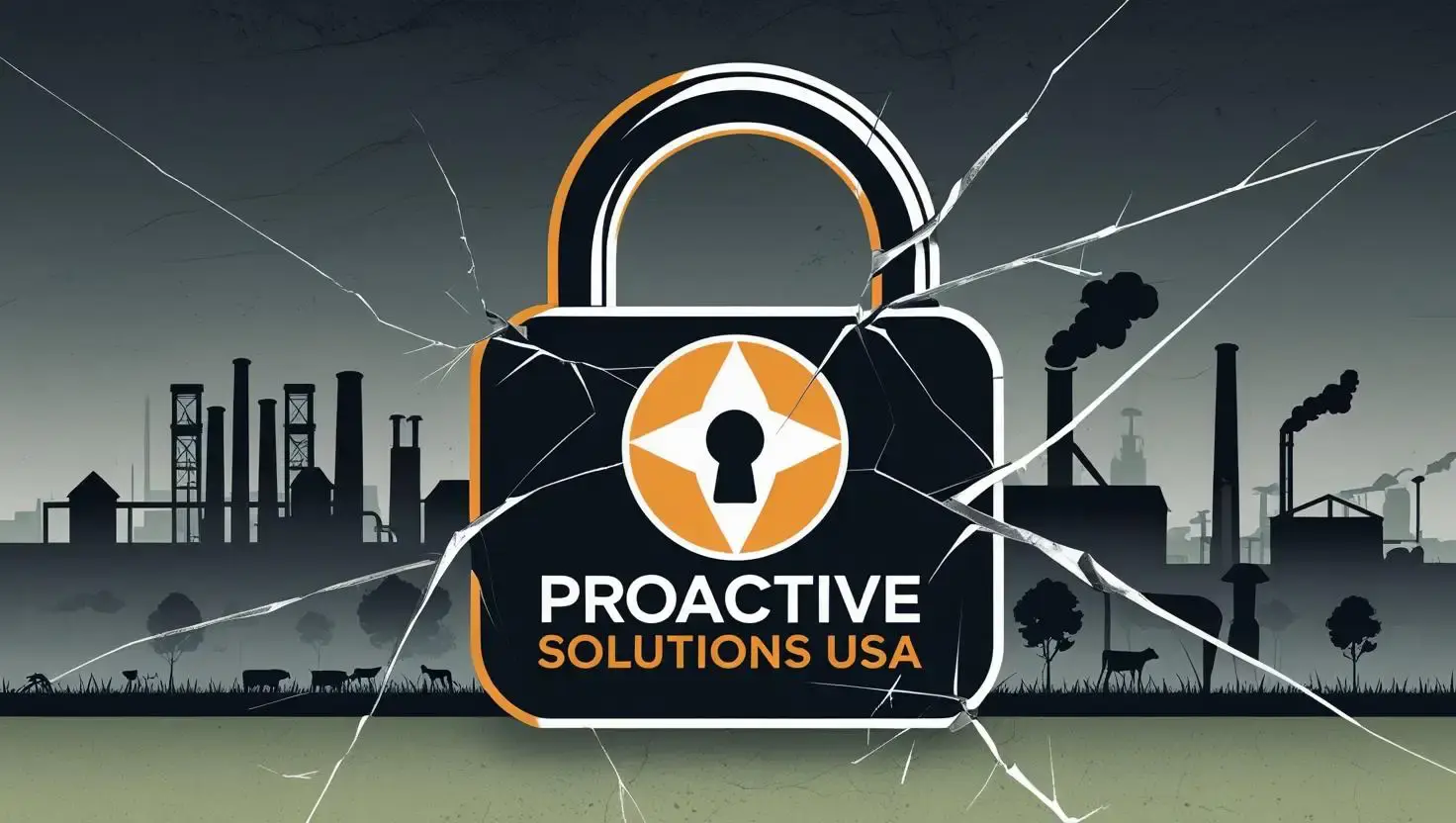
Cy-Napea®: The Defense System That Could Have Prevented the Breach
Had ProActive employed a platform like Cy-Napea®, several critical elements of the attack may have been mitigated or stopped outright. Built for high-risk operational environments, Cy-Napea® offers a defense architecture that directly counters tactics used by ransomware groups like Qilin.
Its key capabilities include:
Endpoint Detection & Response (EDR) and Extended Detection & Response (XDR)
These detect lateral movement and privilege escalation, which were pivotal in Qilin’s system-wide infiltration.Anti-Ransomware Modules
Real-time encryption blockers that would have stopped ransomware payloads from freezing production systems.Data Loss Prevention (DLP)
Monitors and restricts unauthorized data exfiltration, which Qilin used to extract internal records and proprietary chemical formulas.Security Incident Management
Automated alerts and forensic logging could have accelerated containment efforts, shaving critical hours off the 18-hour delay reported by response teams.One-Click Recovery
Enables rapid restoration from clean backup environments, neutralizing ransom leverage and reducing downtime.Compliance Readiness
Supports NIS2 and Bill C-26 mandates through vulnerability assessments and secure backup protocols, strengthening regulatory resilience.
These features are described in detail in the Cy-Napea® product overview, and supported by contextual deployment references from Aurora Consolidated Ltd..
Disclosure
The financial impact estimates and breach timeline referenced in this article are derived from publicly available incident reports, third-party forensic assessments, and comparative breach analytics. No internal documentation from ProActive Solutions USA was used or accessed during research. This article does not suggest any contractual relationship between ProActive Solutions USA and Cy-Napea®, and references to Cy-Napea® are purely hypothetical as a model solution.
Sources




